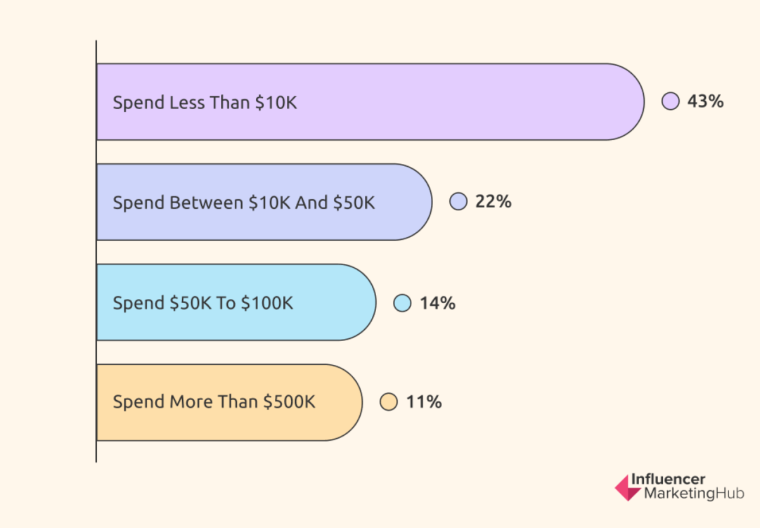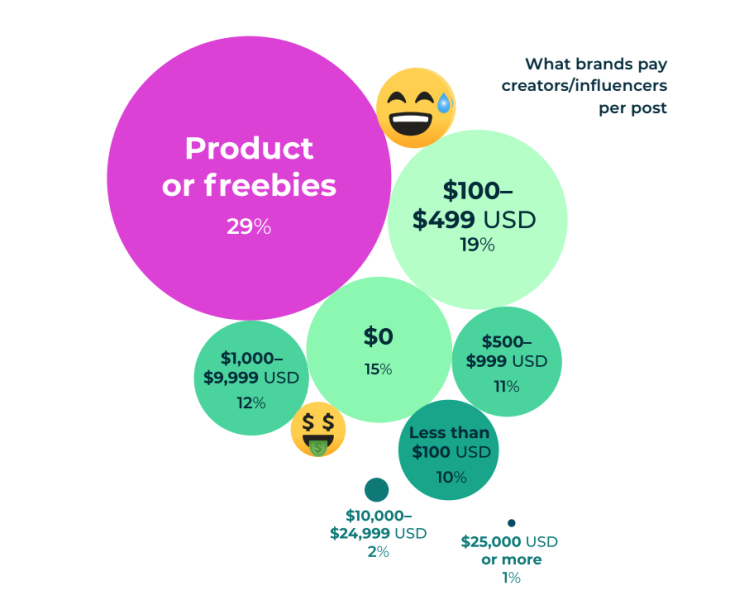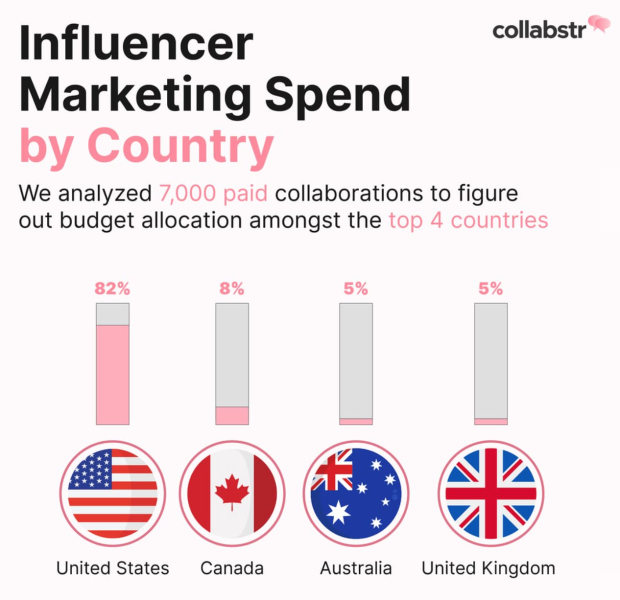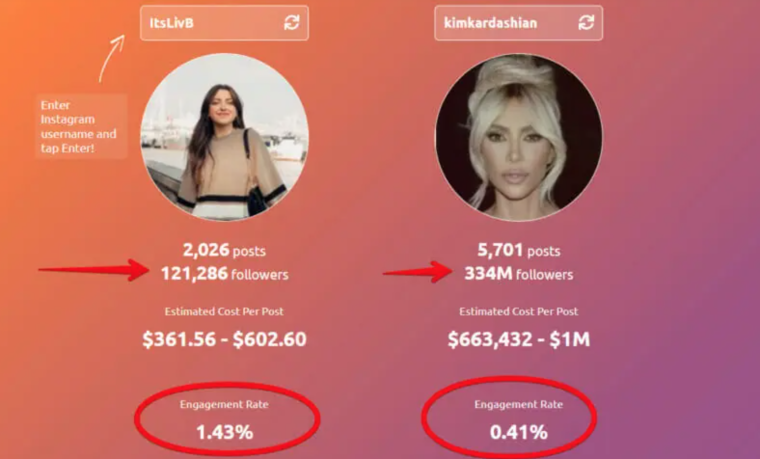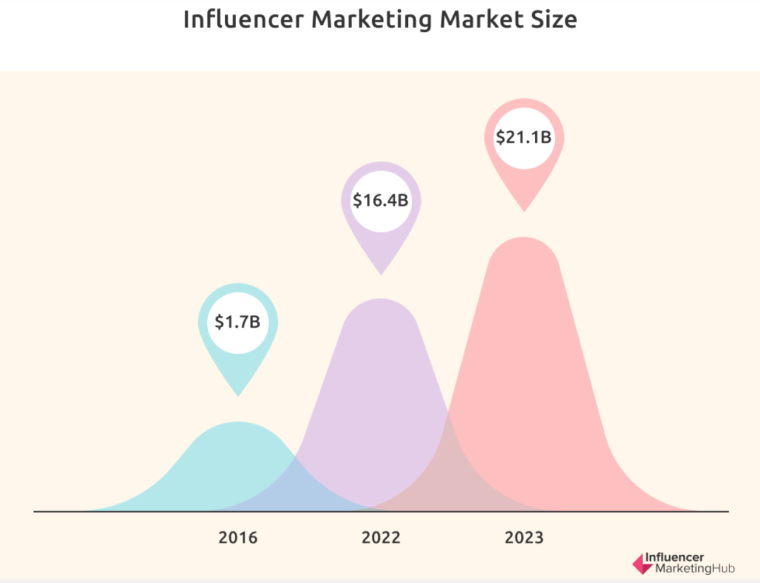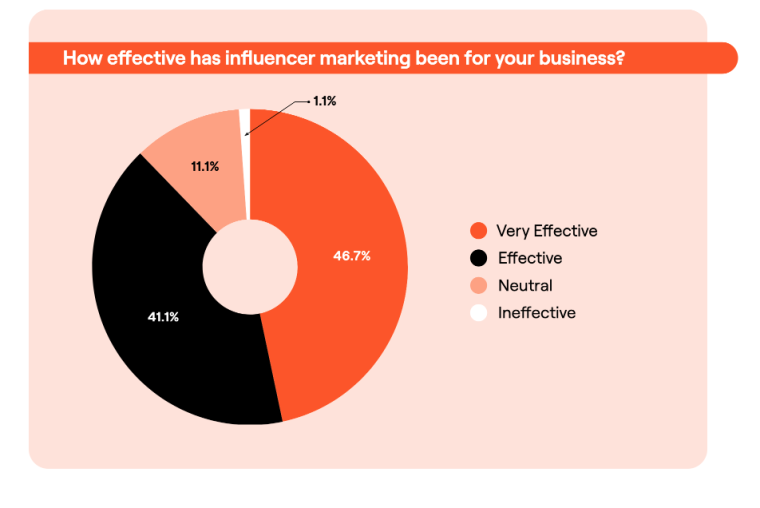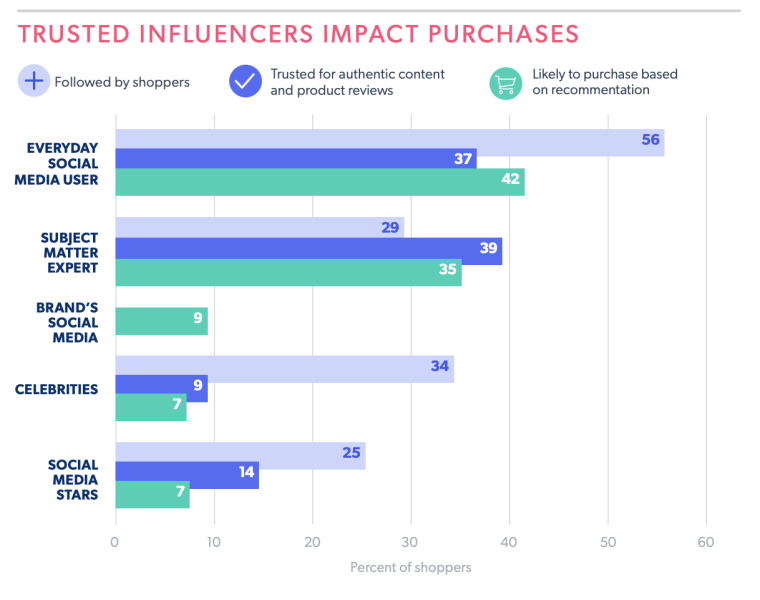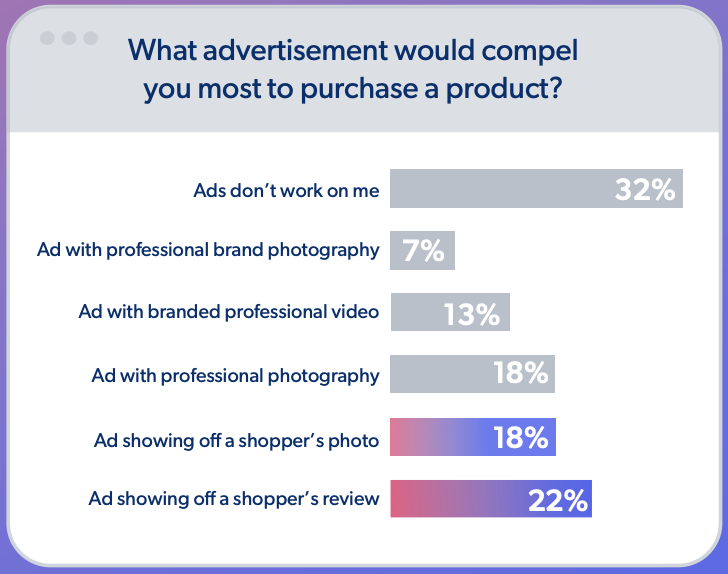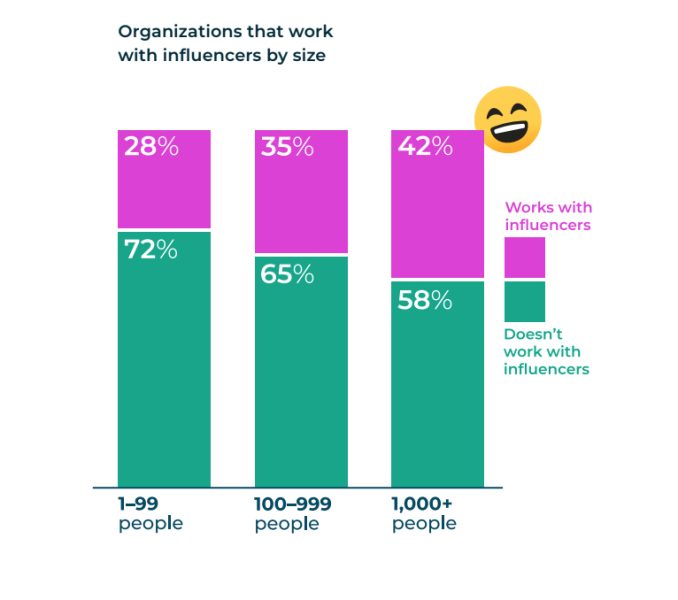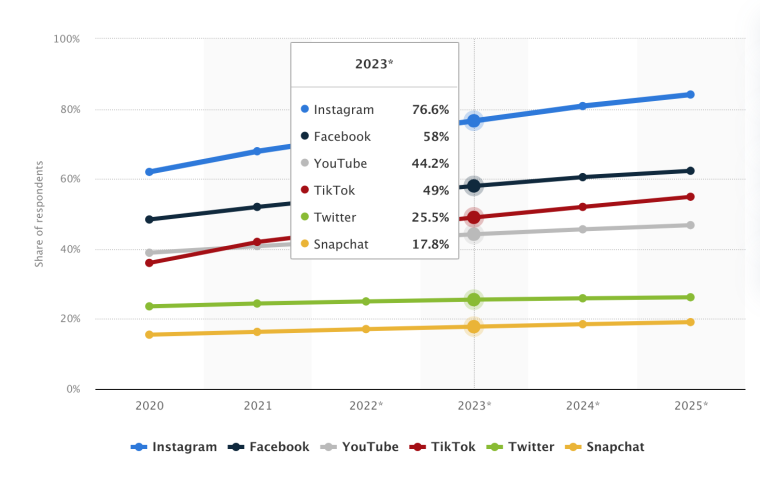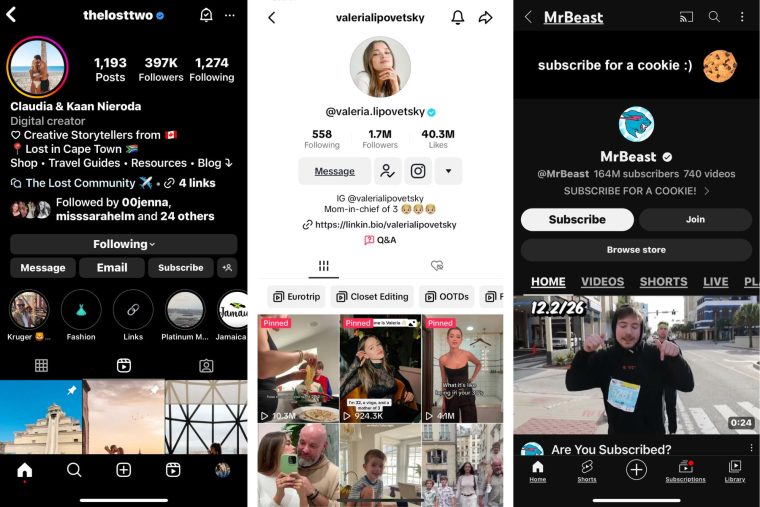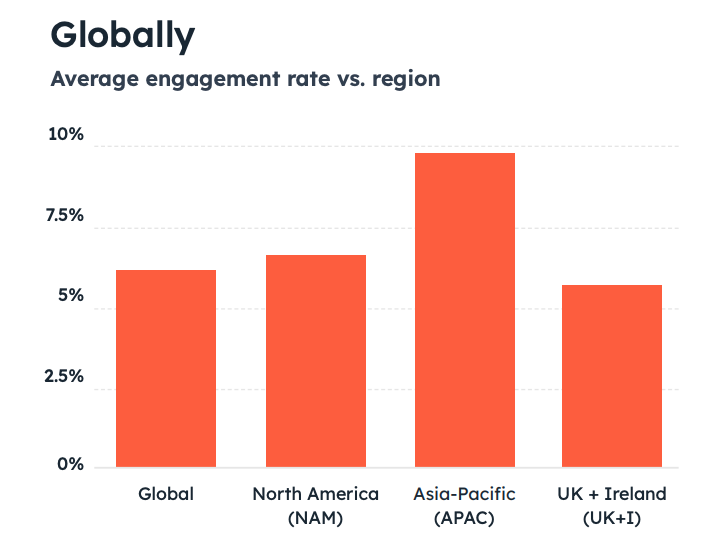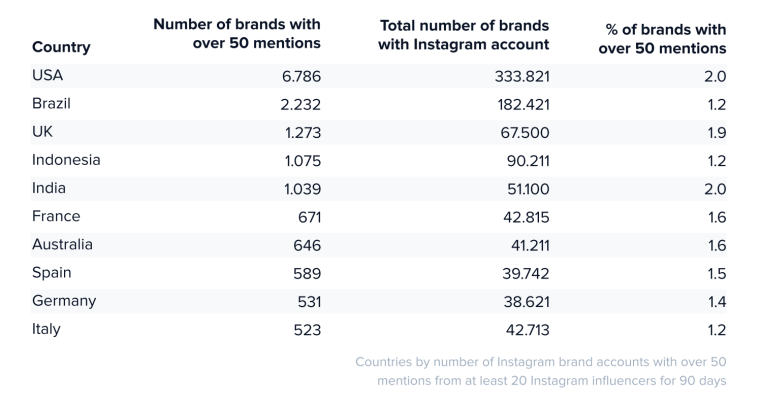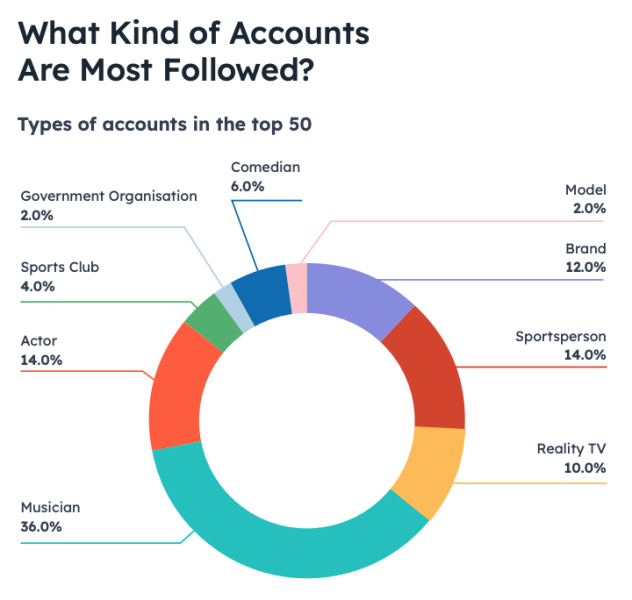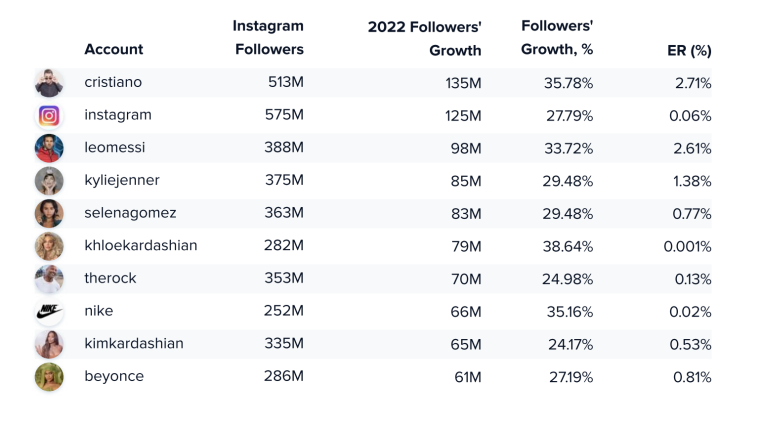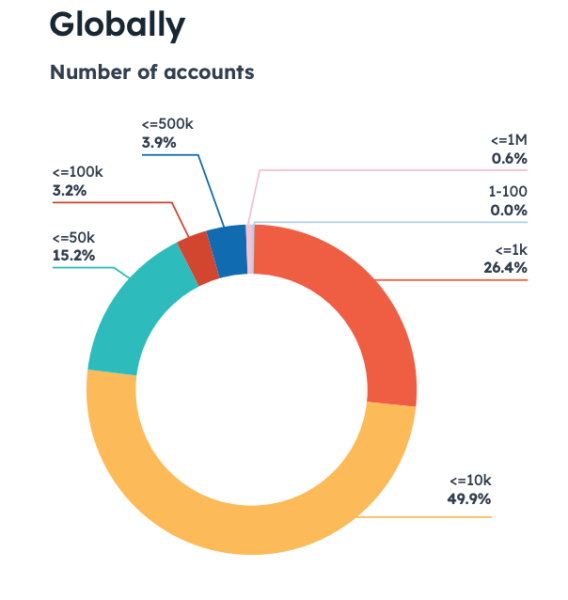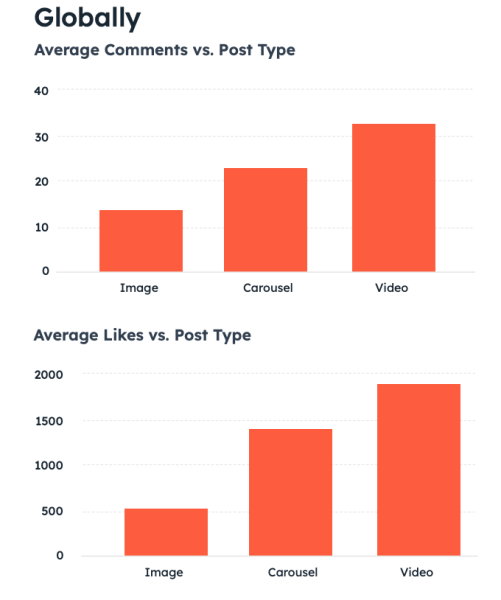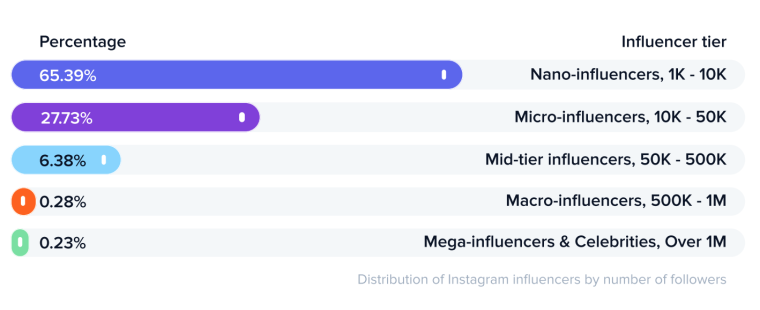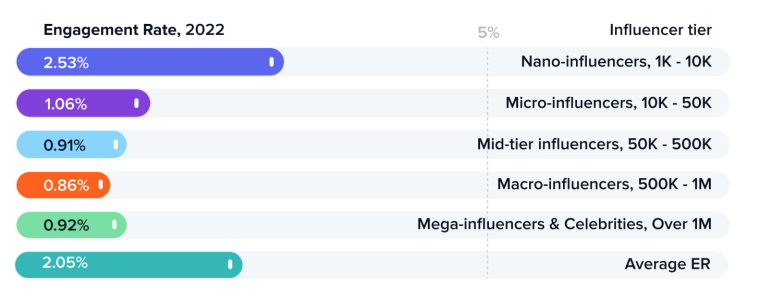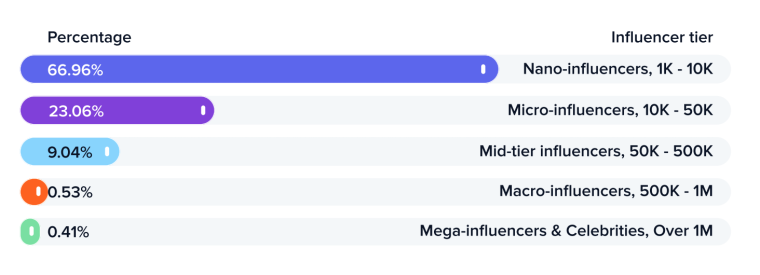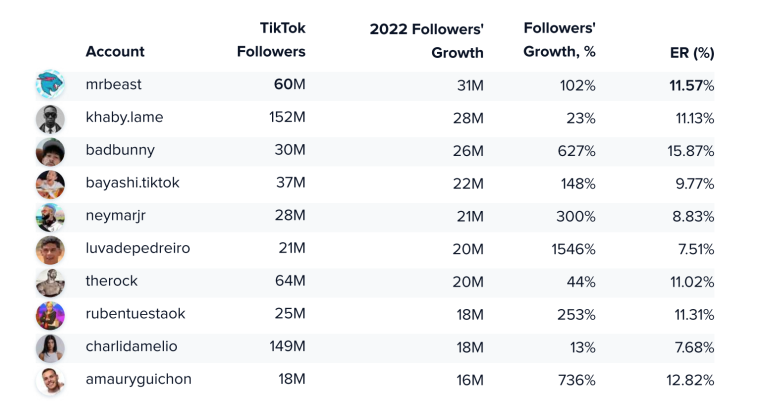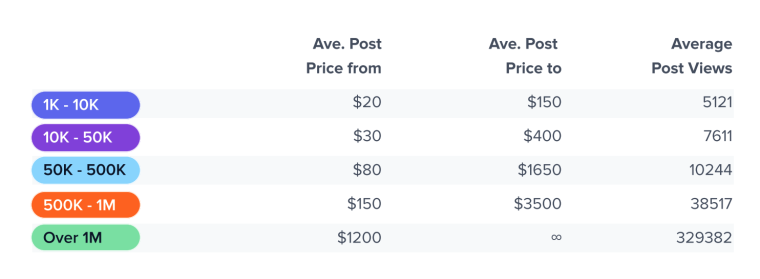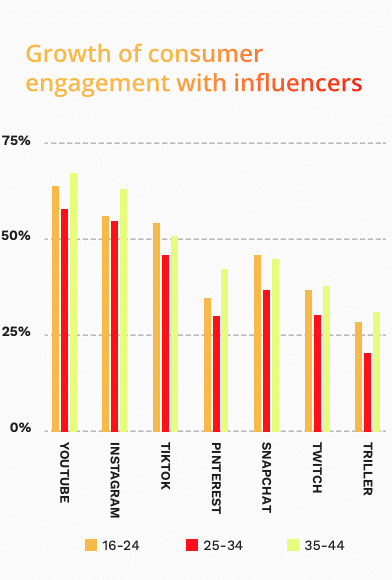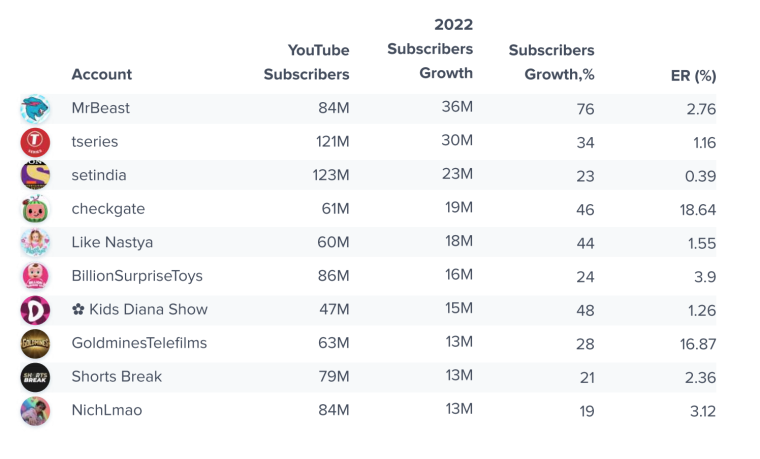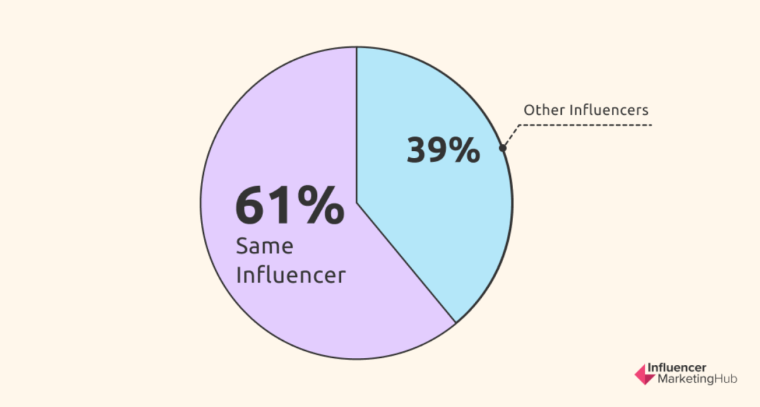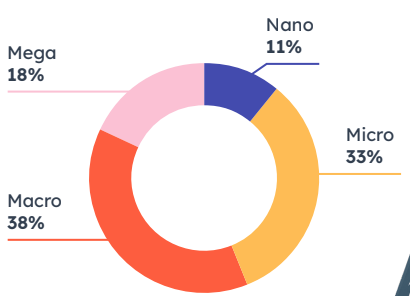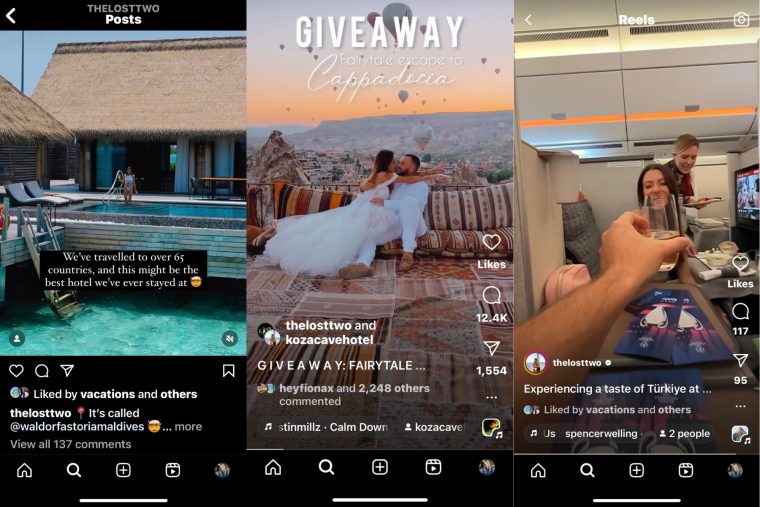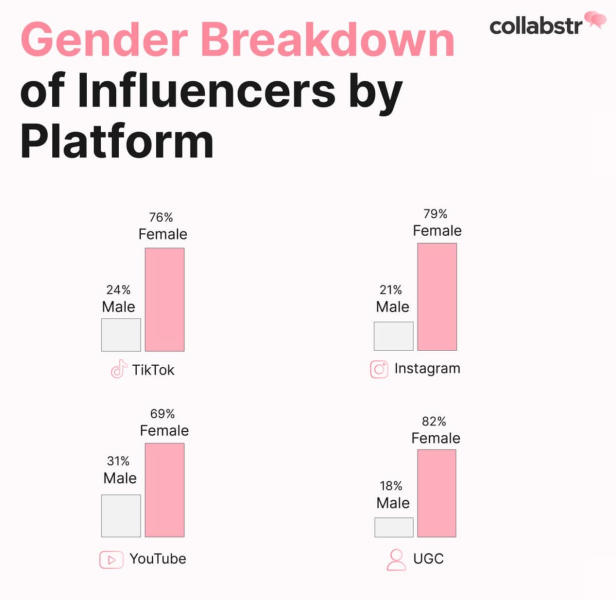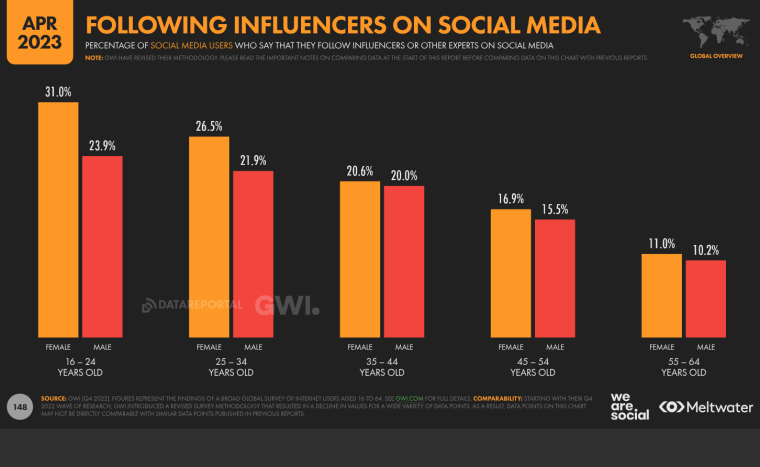Influencer marketing has emerged as a powerful strategy that revolutionizes how brands connect with their target audiences.
With the rise of social media platforms and the increasing trust placed in online personalities, influencer marketing has become an indispensable tool for businesses across various industries.
Key Takeaways: Influencer Marketing Statistics From multinational corporations to small startups, companies of all sizes utilize influencer marketing to amplify their reach, engage with consumers, and drive sales. The positive effects of influencer marketing are evident, as it generates authentic content, enhances brand credibility, and fosters meaningful relationships with consumers. Let’s check out some compelling influencer marketing statistics highlighting its effectiveness in today’s marketing landscape.
The projected spending on influencer marketing in the United States is expected to reach $4.6 billion, which is double the amount spent five years ago. In 2023, 68% of brands intend to boost their influencer marketing budgets to help amplify brand reach, engagement, and overall marketing effectiveness. Although most brands allocate less than $10,000 per year to influencer marketing, a significant 11% of them invest over $500,000 in this strategy. Brands of all scales actively engage in influencer marketing, resulting in various investment levels. One of the most popular cost models for influencer marketing is product seeding. 83% of creators are open to collaborating with a brand in exchange for free products, provided that the terms are fair and they genuinely love the brand or the product holds high value for them. Product seeding is an ideal starting point for fostering authentic collaborations, allowing influencers to experience the product before entering into a paid brand partnership. Around 19% of creators typically receive a payment between $100 to $499 per post. But most influencers (29%) are compensated through freebies or product arrangements for their participation in influencer marketing. Collabstr’s 2023 report unveiled compelling insights regarding the cost of the influencer market derived from an industry-wide survey. The results were collected using data sourced from 50,000 influencers and 20,000 brands and advertisers. Influencers receive the most amount of brand deals in the following countries: In 2022, the US, Canada, the UK, and Australia emerged as the top-four countries where the highest investments were made in influencers and influencer marketing. 82% of influencer marketing budgets were spent on influencers in the United States. Out of 10,000 paid collaborations, on average, brands spend $257 per collaboration with an influencer. YouTube is the highest-paying social media platform, with an average of $418 per brand deal. Since 2022, 70% of influencers have adjusted their rates to align with the expanding size of their audience and higher engagement rates. Several factors can influence the pricing of influencer services, and it is uncommon to encounter influencers with fixed rates. For example, reach and engagement are primary factors that reflect an influencer’s pay. Reach refers to the extent of an influencer’s audience on their platform. It is primarily determined by the number of followers or subscribers they have and the potential reach they can achieve. Typically, influencers with a larger following tend to command higher rates. To determine the reach efficiency rate of an influencer, you can utilize the following formula: Reach Efficiency Rate = (Average Reach / Number of Followers) x 100 Social media marketing experts say an ideal engagement rate typically falls between 1% to 5%. Influencers can demand higher rates when their audience demonstrates a higher level of engagement, indicating an active and responsive following. It calculates the level of likes, comments, shares, and clicks relative to the influencer’s followers or subscribers. Opting for an influencer who has a smaller follower count but demonstrates a higher reach efficiency rate and engagement level can enhance a business’s ROI. Other contributing factors to the cost of influencer marketing include: The average duration for an influencer collaboration, from initiation to completion, is approximately 16 days. However, collaborations that involve influencers visiting physical locations or awaiting product shipments often extend beyond the 16-day timeframe. As of January 2023, the global influencer market was estimated at $21.1 billion, showcasing significant growth compared to the previous year’s figure of around $16.4 billion. The robust ROI provided by influencer marketing is a key factor driving its popularity and making it a favored choice among digital marketing strategies. Influencer marketing has the second-highest ROI rate, with 7%. Short-form video marketing such as TikToks, Reels, and Shorts lead with a 10% ROI. With an influencer marketing ROI of up to $5.78 for every $1 spent, it’s no surprise that 91% of marketers consider it to be an effective strategy. Additionally, 72% of marketers recognize that influencer marketing helps attract customers of higher quality. The types of social media influencers can be broken down as follows: In 2022, 57% of surveyed marketers said their company worked with creators or influencers. The overall satisfaction experienced by companies that have utilized influencer marketing appears to positively impact their future planning. 89% of marketers who already use influencer marketing planned to keep up or increase their investment in 2023. 86% of marketers state that their primary goal in utilizing influencer marketing is to enhance brand awareness. As per a customer survey conducted by GRIN on influencers, 87% of brands affirm the effectiveness of influencer marketing for their business. Of the brands surveyed, 64% have been implementing influencer marketing for over a year. Digital marketing research has demonstrated that influencer marketing plays a pivotal role in driving the momentum of the social commerce movement. 63% of consumers trust influencers’ opinions about company products more than the information provided directly by the companies themselves. That’s because followers have developed a trusted bond with influencers, making them more inclined to perceive product promotions as genuine and authentic. To further understand the effect of influencer marketing on social commerce, Baazaar Voice categorized them into 4 groups. From the data presented below, we can conclude that the influence on social commerce purchases does not solely depend on influencers with many followers. 40% of consumers believe that everyday social media users and subject matter experts produce the most authentic and genuine content. Additionally, over 30% of consumers perceive these types of influencers as more likely to provide unbiased reviews of the products they endorse. 53% of shoppers express that user-generated content, such as social images shared by real customers, instills more confidence in their purchasing decisions than professional photography. Furthermore, 40% of respondents confirmed that reviews, photos, and other content generated by real shoppers had a persuasive effect on their purchase decisions when encountering an advertisement. According to Influencer Intelligence, 62% of respondents believe that social commerce will be the primary objective for influencer marketing campaigns in 2024 across all generations. 90% of Gen Z actively follow creators and engage with social channels, a remarkable 20% higher than the general population. Moreover, 33% of Gen Z individuals have made a purchase influenced by recommendations from influencers. 28% of Millennials have made purchases through in-app shops, and 26% have made buying decisions influenced by recommendations from influencers. These facts emphasize creators’ tremendous influence on the younger generations, as Gen Z and Millennials are inspired and actively shopping through creators. In 2021, there was an expansion in the field of influencer marketing services, with a global count of 18,900 companies providing such offerings. This represents a remarkable growth rate of 75 percent compared to the statistics on influencer marketing agencies observed in 2019. Brands leverage seven major types of influencer marketing partnerships to maximize their influencer marketing investments. These strategic collaborations allow brands to tap into the immense potential and impact of influencer marketing to achieve their marketing goals. According to Hootsuite’s social trends survey, 72% of small businesses do not engage with creators in any capacity. This trend is primarily attributed to the absence of standardized pricing for influencer collaborations, leading to ambiguity and challenges in negotiating fair rates for their work. Conversely, nearly 42% of businesses with over 1,000 employees actively work with creators. When it comes to determining the best platform for influencer marketing, there is no one-size-fits-all answer. Since 2020, Instagram has established itself as the leading platform of choice for marketers engaging in influencer marketing campaigns within the US. TikTok’s usage among marketers is expected to increase from 36% in 2020 to 54.9% by 2025. In 2021, TikTok surpassed YouTube as a prominent influencer marketing platform and was projected to experience even greater growth in the coming years. With its visually appealing content and vast user base, Instagram offers a powerful platform for brand collaborations, especially in fashion, beauty, and lifestyle. TikTok’s short-form videos have captivated a younger demographic, making it an ideal platform for reaching Gen Z audiences and driving viral trends. Whereas the monetization options available on YouTube, such as ad revenue and brand partnerships, allow influencers to earn a stable income from their content. Influencer marketing on Instagram eliminates the constraints of traditional advertising, as recommendations from creators are perceived as credible, making it an effective approach for brands’ marketing endeavors. With a massive user base of 1.4 billion monthly active users worldwide, Instagram stands as the most popular social media platform for influencer marketing. A significant 79% of marketing specialists view influencer marketing on Instagram as an essential component of their campaigns. Both brands and creators continue to rely heavily on Instagram, making it the most popular channel for influencer marketing. In 2023, 87% of marketers and 90% of creators plan to increase their presence on Instagram. There are different types of influencer marketing content formats on Instagram. In 2022, global engagement on Instagram increased to 6.01%, showing a growth from the 5.86% rate observed in 2021. In the United States, 6,786 US brands were mentioned in over 50 posts by at least 20 influencers within a 90-day period in a Hype Auditor survey. Beauty, music, and clothing and outfits are the top-three brand categories that exhibit the highest activity in Instagram influencer marketing. 14.3% of Instagram influencers produce content related to lifestyle. Other popular categories that Instagram content creators frequently choose include: The least competitive niches for influencer marketing on Instagram are: The most-followed accounts on Instagram belong to celebrities and public figures. Musicians hold the top spot with 36% in 2023, followed by actors and athletes at 14% each. Approximately 50% of global Instagram accounts fall within the 1,000 to 10,000 followers range. While larger accounts experienced growth, accounts with less than 1,000 followers declined in 2023. The percentage of accounts with over 100K followers increased from 3.3% in 2021 to 4.5% in 2022. Similarly, the percentage of accounts with over 10k followers rose from 18.5% in 2021 to 22.9%. In 2022, video continued to be the most engaging type of content posted by influencers on Instagram. Video posts received 3x more engagement than single images and significantly outperformed carousels regarding user interaction. Nano-influencers, comprising the largest group of creators on Instagram, comprise over half of all influencers, representing 65.39% on the platform. These creators typically have a subscriber count ranging from 1,000 to 10,000. Instagram nano-influencers exhibit stronger connections with their audience, resulting in a higher engagement rate than other influencer groups. Compared to 2021, the average engagement rate for all tiers of Instagram influencers experienced a slight decrease from 2.18% to 2.05%. In 2022, Instagram mega-influencers with over one million followers worldwide had an average minimum earned media value (EMV) of $5,000 per post. For macro-influencers with 500,000 to one million followers, the average minimum EMV per post was $450, with an average maximum price of $14,350. Meta made a groundbreaking announcement in 2021, revealing their plan to invest $1 billion in innovative reward programs for content creators. Instagram introduced a wide range of bonuses to encourage the utilization of Reels and IGTV ads, enticing users to engage with these features on the platform. The Creator Portfolio feature on Instagram allows influencers to effectively display their key insights and showcase their past brand collaborations. This was response to the growing trend of creator satisfaction on platforms like YouTube and TikTok, where successful reward systems are in place for creators. Nano-influencers account for 66.9% of TikTok creators. They are perceived as more trustworthy, unlike some larger mainstream influencers who have faced criticism for prioritizing monetary gains over authenticity. In 2022, Nano-influencers possed the highest engagement rate on TikTok, at 15.2%. Micro-influencers claimed the second spot with a 12.2% engagement rate, while mid-tier, macro, and mega-influencers each recorded an engagement rate of approximately 11%. The ER on TikTok is determined by dividing the combined number of likes, comments, and shares by the total number of views. 6 out of the 10 fastest-growing TikTok accounts predominantly focus on content related to dance, lip-syncing, and music videos. The collective growth of the top 10 TikTok accounts amounted to 214 million followers. On TikTok, the average price for a post by a nano-influencer falls within the range of $20 to $150. In contrast, mega-celebrity influencers typically charge a minimum of $1,200 per post. In July 2020, TikTok revealed a dedicated $200 million fund to support active creators in the United States. The TikTok Creator Fund empowers influencers to monetize their content based on the views and engagement it receives, providing an avenue for them to start earning money from their TikTok creations. Creators on TikTok will typically receive 2 to 4 cents for every 1,000 views. Continuing its commitment to creators, TikTok introduced the Effect Creator Award in May 2023, a $6 million fund aimed at incentivizing creators to create and utilize impactful effects on the platform. In 2022, TikTok mega-influencers had an average of 329,382 views worldwide per post. On the other hand, macro-influencers, with follower counts ranging from 100,000 to 1 million, received an average of 38,517 views for their posts. 40% of users in the 18-24 age group prefer TikTok over Google when making online searches. TikTok’s unique and immersive format, combined with its ability to showcase a wide range of creative content, has resonated strongly with the preferences and habits of Gen Z users. YouTube has had the highest growth in consumer engagement with influencers. According to a 2021 survey report on influencer marketing conducted by Takumi International, 56% of consumers in the US and UK stated that their engagement with creator content on YouTube has increased since 2020. Out of the 10 channels that experienced the highest growth in terms of subscribers on YouTube, 4 of them specialize in creating content specifically tailored for children’s entertainment. YouTube influencers charge between $60 to $16,234 per sponsored video post. Their revenue highly depends on the views their videos receive. In 2022, YouTube influencers with a follower count ranging from 1,000 to 5,000 experienced an engagement rate of 1.9%. However, influencers with over 1,000,000 followers enjoyed a higher engagement rate of 3.4%. YouTube emerged as the top online video platform for watching gaming influencers among users in both the US and Great Britain. Instagram followed closely behind, with approximately 52% of US respondents and 54% of British respondents reporting their engagement with the platform to follow gaming influencers. In 2021, MrBeast, also known as Jimmy Donaldson, claimed the title of the highest-earning YouTuber worldwide, accumulating an estimated income of approximately $54 million. MrBeast’s content revolves around entertainment, captivating a vast audience through his extraordinary stunts, challenges, and philanthropic endeavors. A notable 70% of influencers prefer engaging in long-term campaigns as their favored approach to collaborating with brands. In fact, 50% of brands implement brand ambassador programs to cultivate deeper and more authentic relationships with creators. According to a survey by Influencer Marketing Hub, brands prefer to nurture relationships with established influencers. Building long-term partnerships allows brands to better understand the influencer’s audience, content style, and alignment, leading to more authentic and effective campaigns. 72% of organizations do not rely on agencies or third-party platforms to find creators. Only 28% of brands collaborating with creators do so through agencies. Every week, 23.4% of internet users aged 16 to 64 watch influencer videos and vlogs online. Furthermore, 21.2% utilize social media to follow influencers or other experts. In a survey conducted by Hubspot involving over 1,200 global B2B and B2C marketers, valuable insights emerged regarding various types of influencers and their impact on companies. In companies collaborating with creators of varying audience sizes, 44% found value in working with smaller creators, with fewer than 100K subscribers or followers. They valued smaller creators’ cost-effectiveness and long-term collaboration opportunities, who also provided access to tighter-knit niche communities. Those that collaborated with influencers in 2022, the influencers they partnered with had diverse audience sizes. The relatively high costs associated with collaborating with mega-influencers likely contributed to the ease of achieving a return on investment when working with influencers who have more modest audience sizes. Macro-influencers were the key to success for 38% of companies. Companies experienced the highest success levels by collaborating with macro and micro-influencers. Regarding conversion rates, posts incorporating user-generated content (UGC) exhibit a remarkable 45% higher conversion rate than non-UGC posts. Influencer content, which falls under the category of UGC, holds immense profit potential as it drives conversions and fosters a continuous stream of UGC from the influencers’ followers. Influencer-generated content outperforms brand-directed content, achieving 2x the engagement and 4x higher click-through rates. An effective strategy to capitalize on influencer-generated content is to showcase it on a website. Given that 85% of consumers find UGC more influential than brand-generated content when making purchasing decisions, repurposing influencer images on a company website is a powerful means to boost online presence. By integrating influencer-generated content into ads, brands can yield several advantages. For example, enhanced ad quality and relevance scores, reduced cost per click, and increased click-through rates. By leveraging influencer content, businesses can improve an advertising campaign’s overall performance and effectiveness. Incorporating influencers as content creators in a brand’s marketing strategy can reduce production costs and expand reach, ultimately leading to increased conversions. Following Collabstr’s analysis of 50,000 influencer profiles, the results indicate that 77% of influencers are female, while male influencers make up 23% of the total. However, the gender distribution of influencers across different platforms has a distinct imbalance between female and male influencers. 21.2% of global social media users between the age of 16 and 64 follow influencers and other experts. The US has nearly a quarter of its users actively following influencers, while Nigeria has the highest percentage of users engaging with influencers. The 16-24 age group comprises the largest segment of active users who actively engage with influencers, accounting for 54.9% of this engaged user base. Within this group, females represent 31% of the engaged users, while males comprise 23.9% of this dynamic demographic. In relation to influencer trust, 26% of men are more inclined to trust influencers for their purchasing decisions, while only 13% of women share the same level of trust. 13% of males would spend between $250 and $500 on a product without physically seeing it, whereas only 5% of females share the same level of comfort in making sight-unseen purchases within that price range. Regarding consuming news content, 26% of Genz Z social media users rely on influencers for news consumption, while millennials account for 23%. Selecting the right social media platform for influencer marketing is crucial to reaching the right audience and maximizing engagement. Here’s a breakdown of the leading platforms: Different types of campaigns can help brands effectively engage their target audiences and achieve specific goals. Here are the main types of influencer marketing campaigns: The future of influencer marketing appears promising, driven by the recognition of authentic connections between brands and consumers, coupled with influencers’ enduring influence over their audiences. Advancements in technology and the emergence of new platforms are expected to enable more targeted and personalized influencer marketing campaigns that seamlessly integrate into consumers’ daily lives. Influencer marketing has become an essential strategy for brands aiming to connect authentically with audiences and boost ROI. As platforms evolve and engagement patterns shift, influencer marketing allows businesses to adapt to consumer preferences and enhance brand loyalty. With data-driven approaches, effective platform selection, and meaningful partnerships, companies can achieve sustained growth in today’s competitive digital market. Influencers will continue to shape brand trust and consumer behavior, underscoring their importance in modern marketing strategy.
Influencer Marketing Statistics Highlights
The Cost of Influencer Marketing
Influencer Marketing Cost Factors
Effectiveness of Influencer Marketing Statistics
Social Commerce and Influencer Marketing
Influencer Marketing Partnerships & Content
Influencer Marketing Statistics by Platform
Instagram and Influencer Marketing Data
Top Categories and Accounts on Instagram
Category
Active Brands on Instagram
Beauty
2.457
Music
1.642
Clothing & Outfits
1.303
Shows
1.082
Fashion
903
Number of Followers
Average Minimum EMV $
Average Maximum EMV $
1K – 10K
25
200
10K – 50K
50
800
50K – 500K
250
7,120
500K – 1 million
450
14,350
1 million +
5,000
–
TikTok and Influencer Marketing Data
YouTube and Influencer Marketing Data
YouTube Views
From
To
1-10K
$60
$850
10-50K
$180
$2240
50 – 500K
$389
$5859
500K – 1 million
$1105
$16,234
1 million +
$2500
∞
Influencer Marketing and Creator Statistics
The Influence of Influencers on Companies
Influencer Marketing Demographics Statistics
Choosing the Right Platform for Influencer Marketing
Types of Influencer Marketing Campaigns
The Future of Influencer Marketing
Wrapping Up
References
